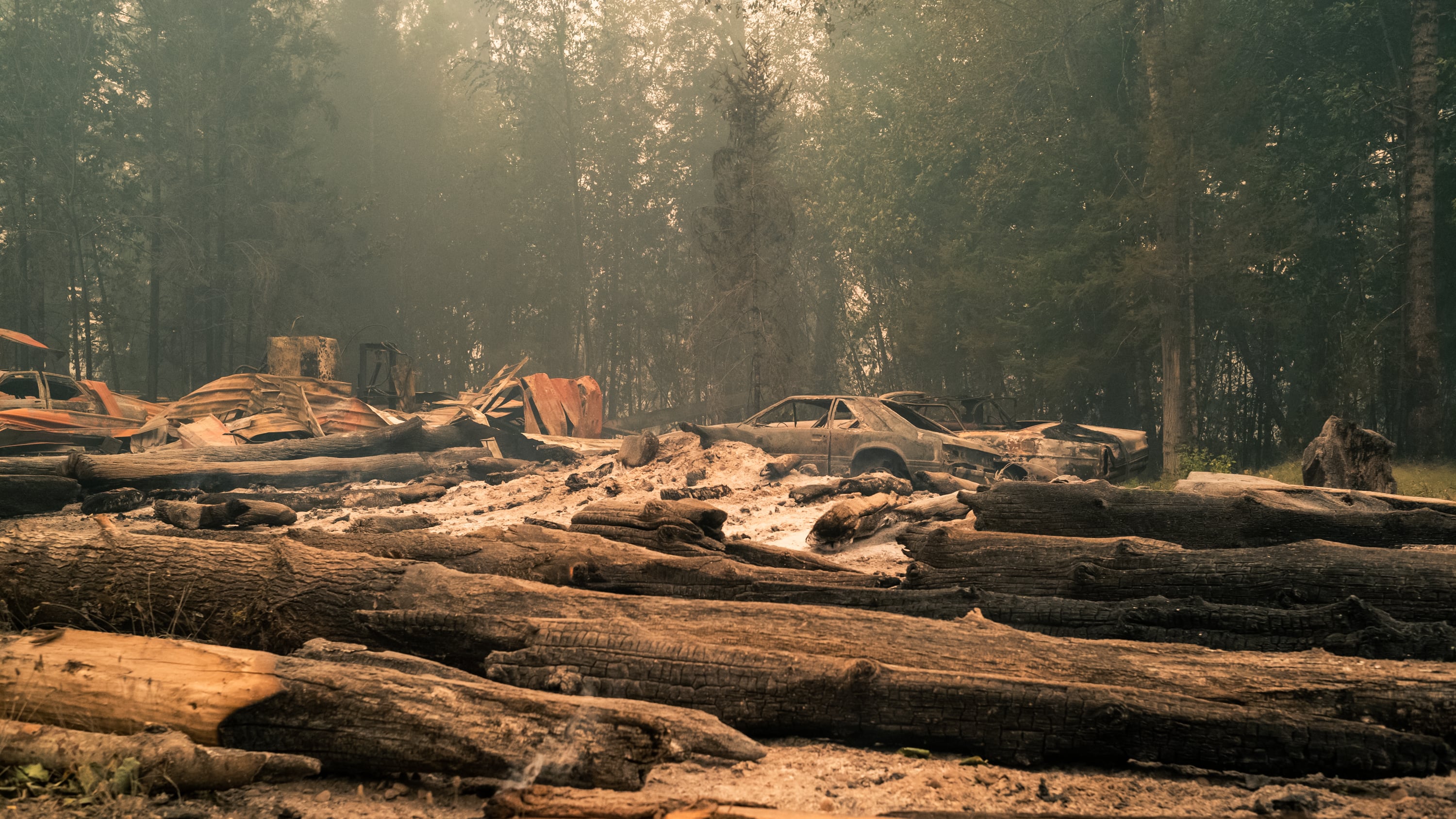Oregon didn’t get to recover from last year’s fire season before this year’s started.
Among other things, the early start to this summer’s season kicked a major controversy down the road: what to do with Oregon’s forests that were reduced to ashes last year.
Last spring, the Oregon Department of Forestry and U.S. Forest Service started several logging operations to remove “hazard trees” in burned areas. Critics have called those operations overly aggressive and, in some cases, likely to increase fire risk.
Of those critics, George Wuerthner is one of the staunchest. The Bend-based author has written several books about fire ecology, including Wildfire: A Century of Failed Forest Policy. Recently, he penned an op-ed for Eugene’s Register-Guard about what the Forest Service gets wrong about post-fire recovery.
Mainly, the agency is too focused on cutting down trees.
“What burns in a forest fire isn’t big trees,” Wuerthner tells WW. “It’s the fine fuels like grasses and shrubs and small trees, which are enhanced by [clear-cutting].”
This year’s large fire have been stoked by unusually hot, dry weather and strong winds. According to Wuerthner, Oregon’s only hope of preventing massive fires is dealing with the climate crisis. And in the short term, out best bet is just to make our homes and communities, rather than our forests, more fire resilient.
“Right now, we’re planning to spend billions of dollars logging the forest under the presumption that that will reduce fires, whereas if we spent that money burying power lines, it might be more effective,” he says. “The chance of a fire encountering one of those thinned areas is really low.”
WW talked to Wuerthner about the effects logging has on forest recovery, and where Oregon’s fire abatement measures need to go from here.
